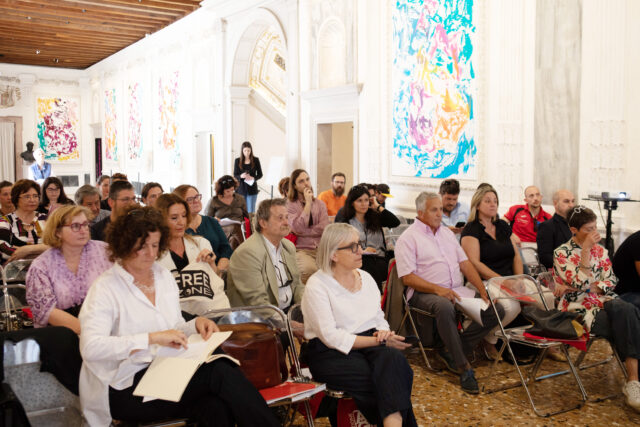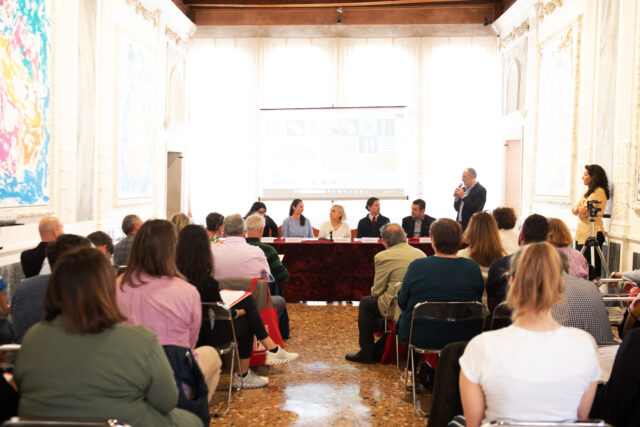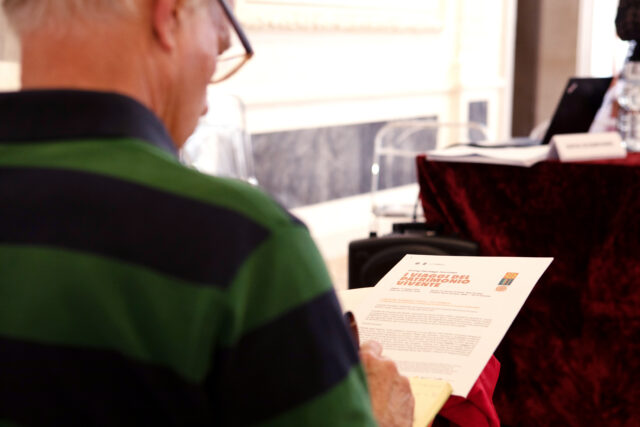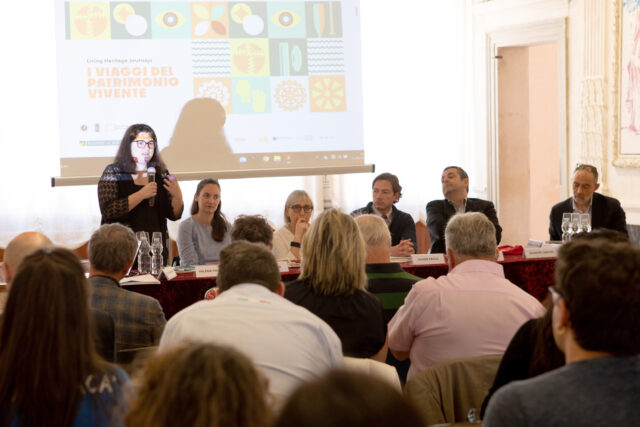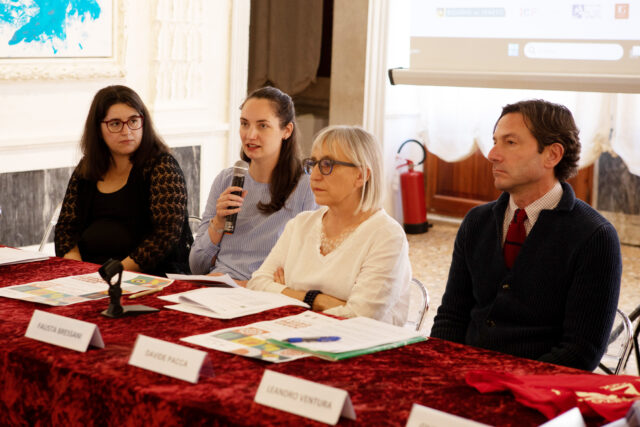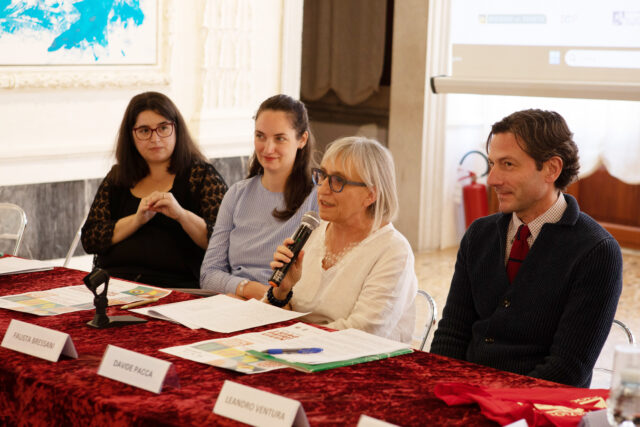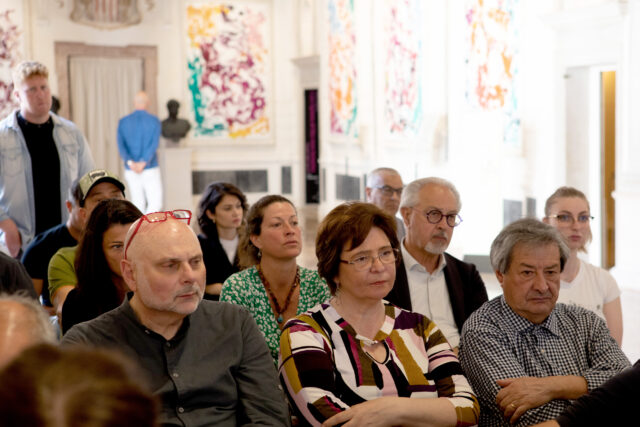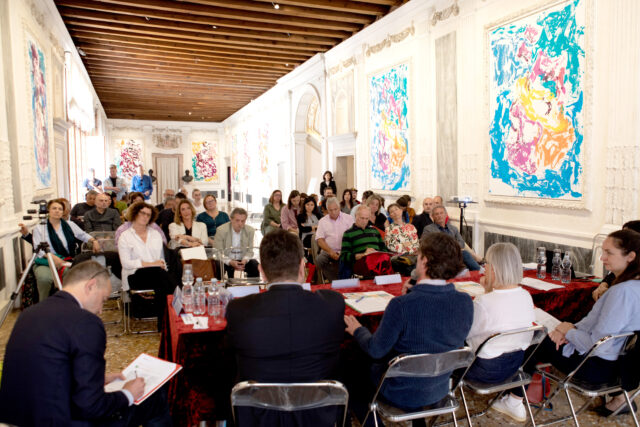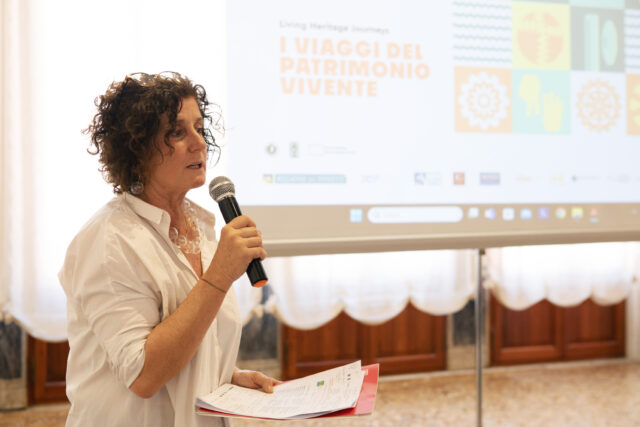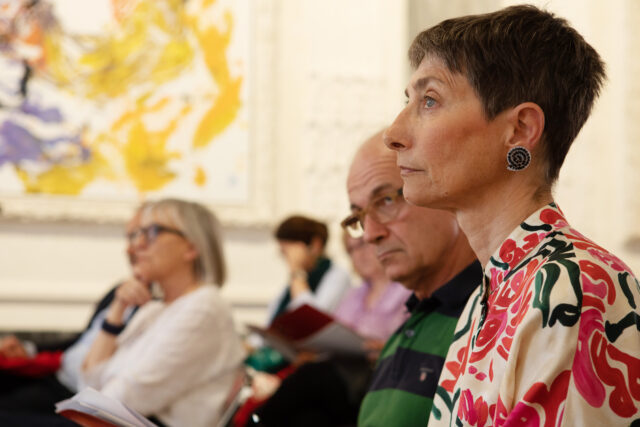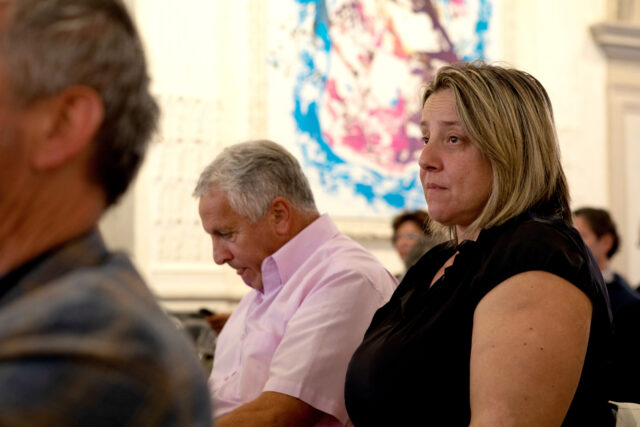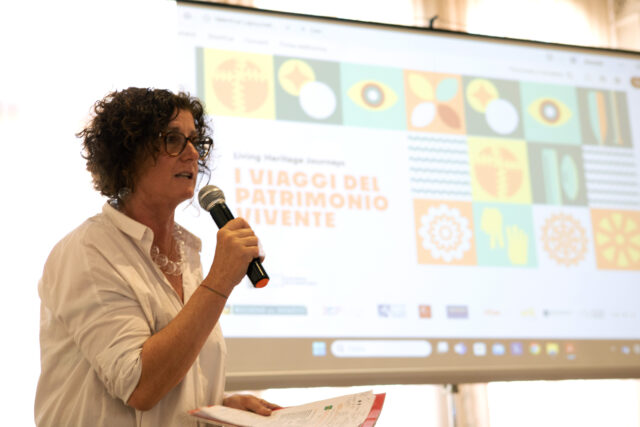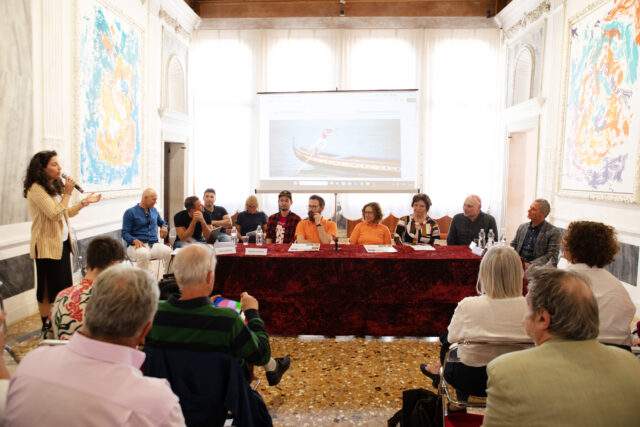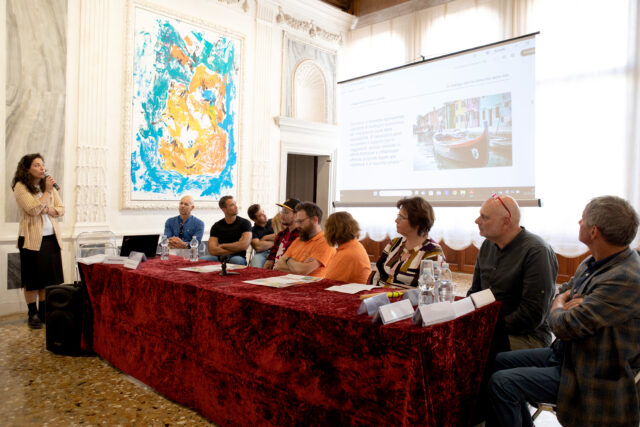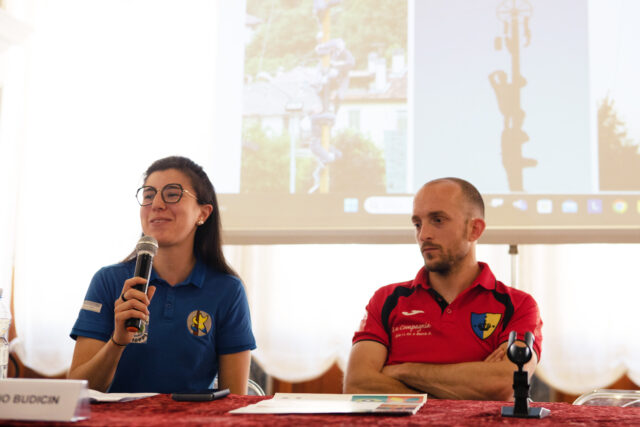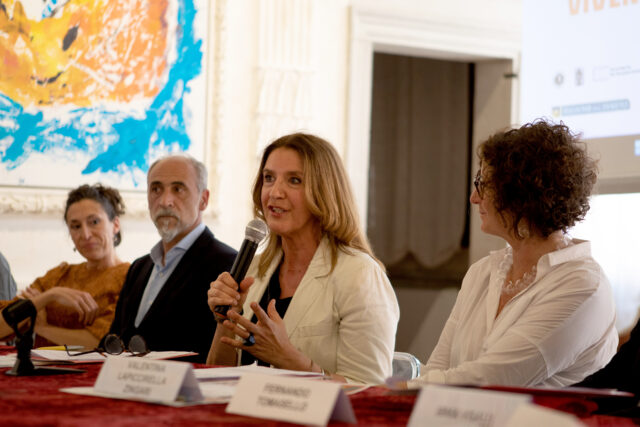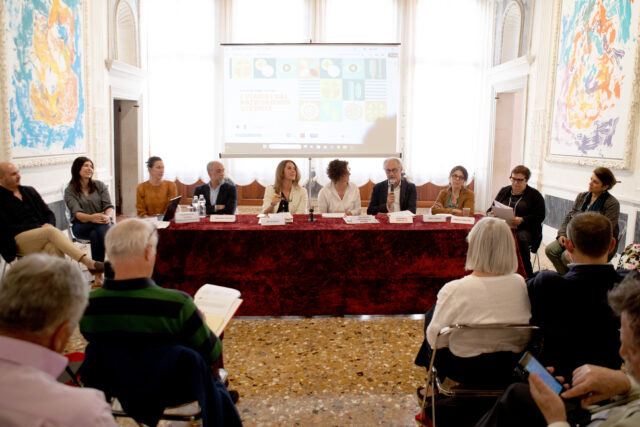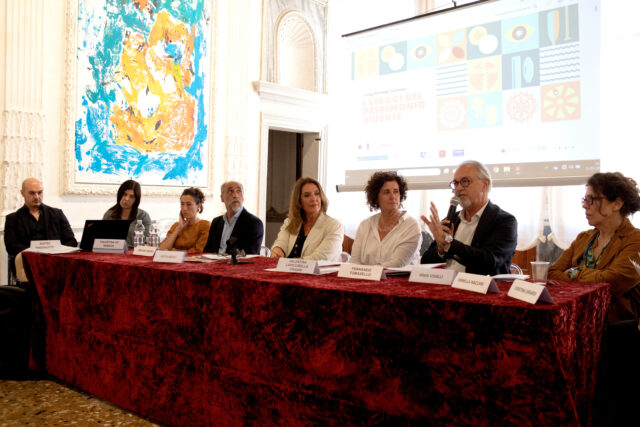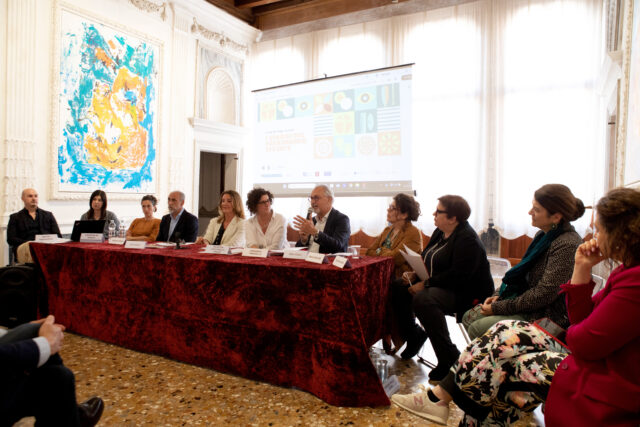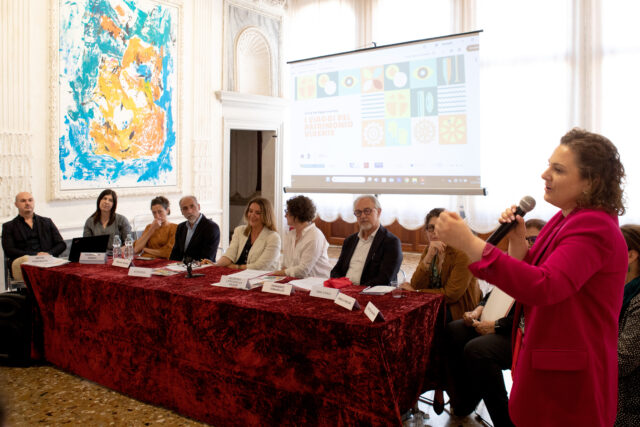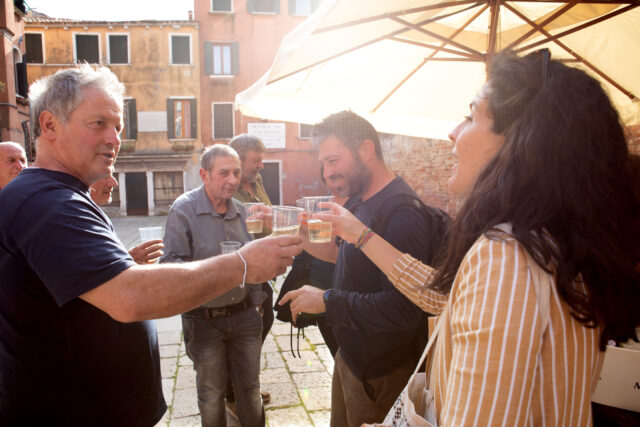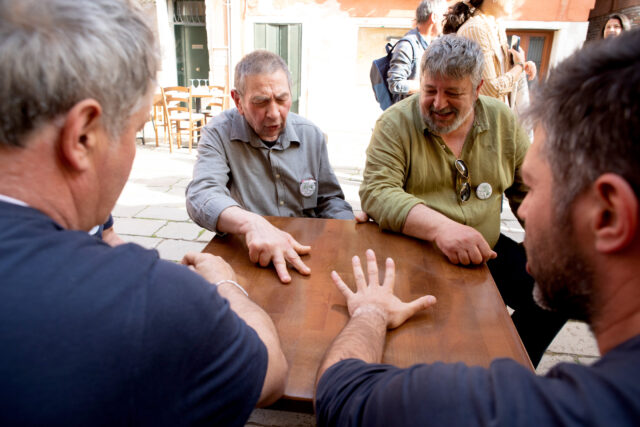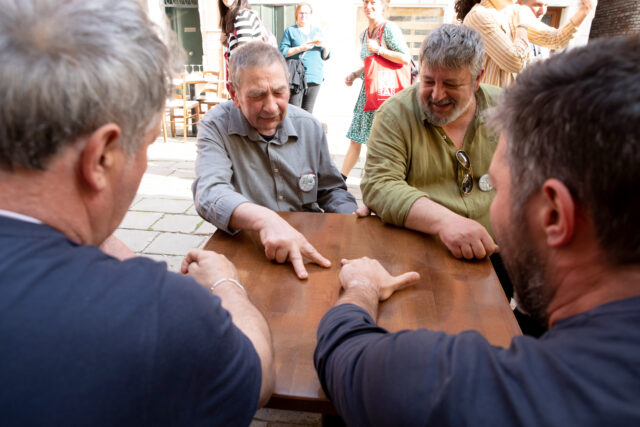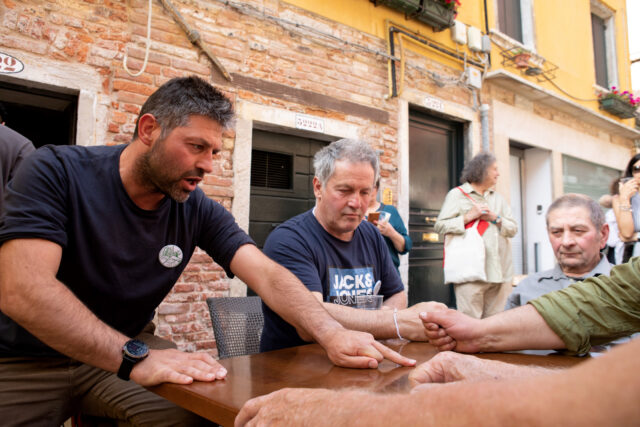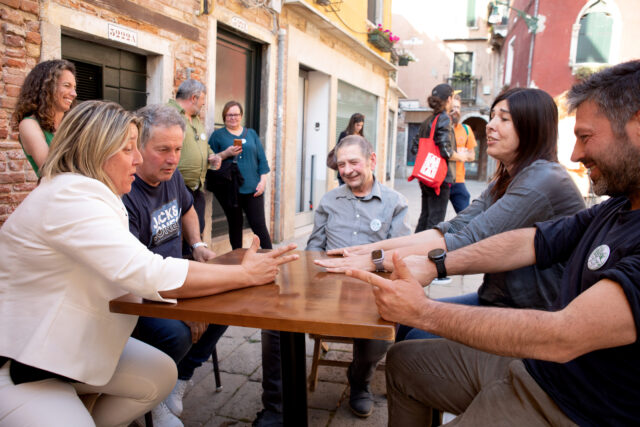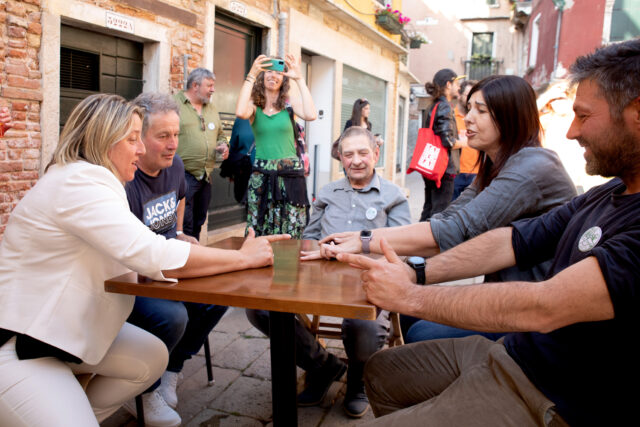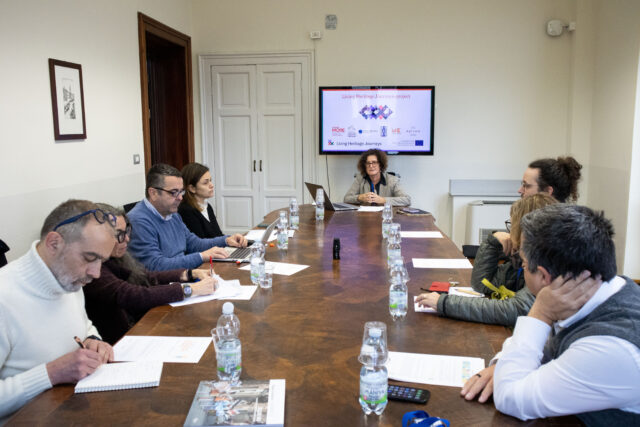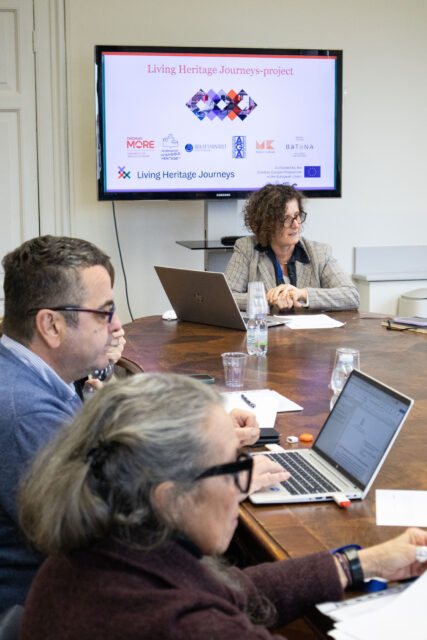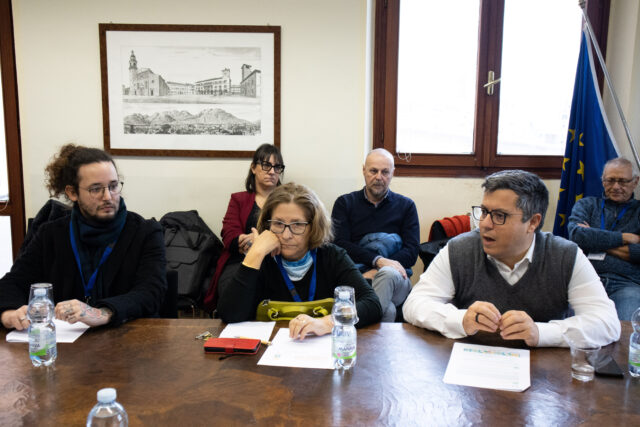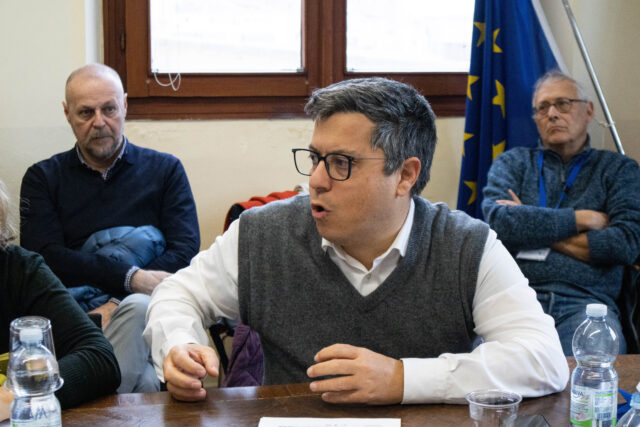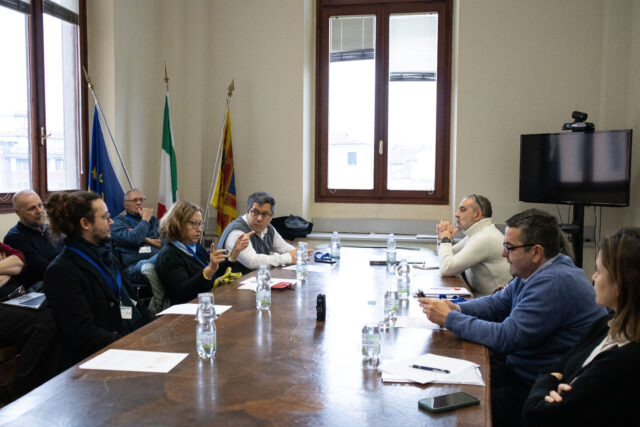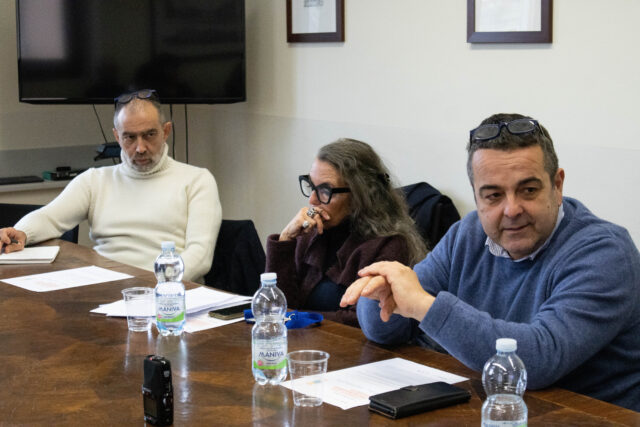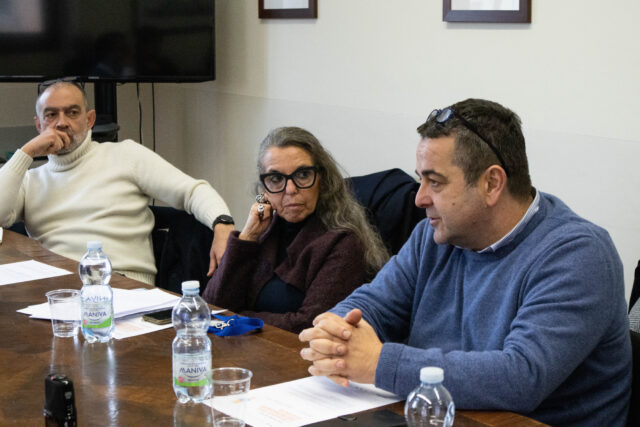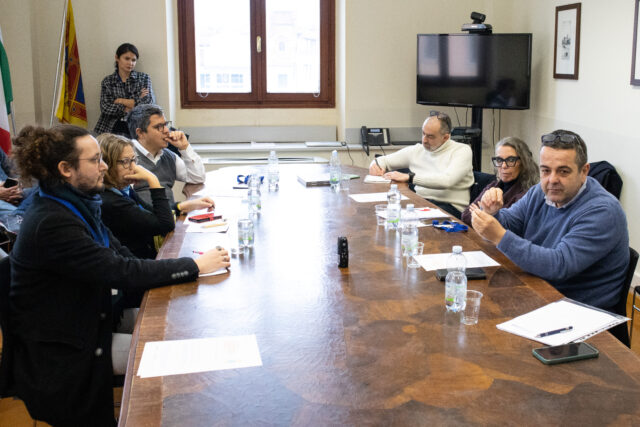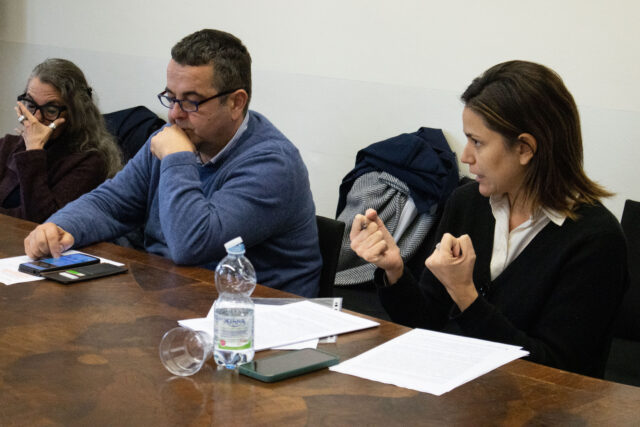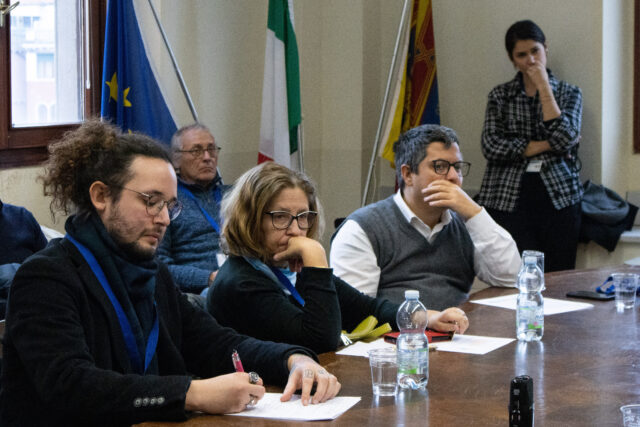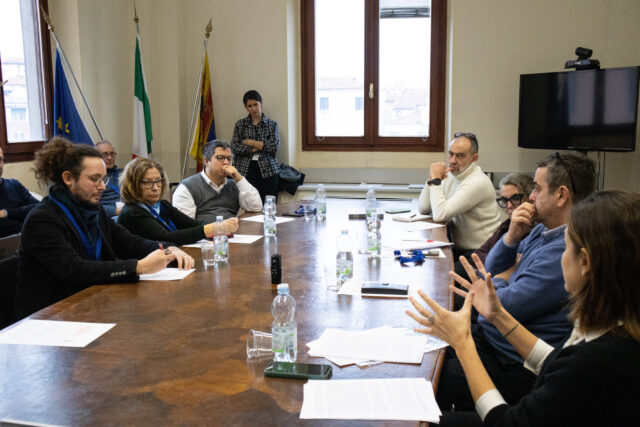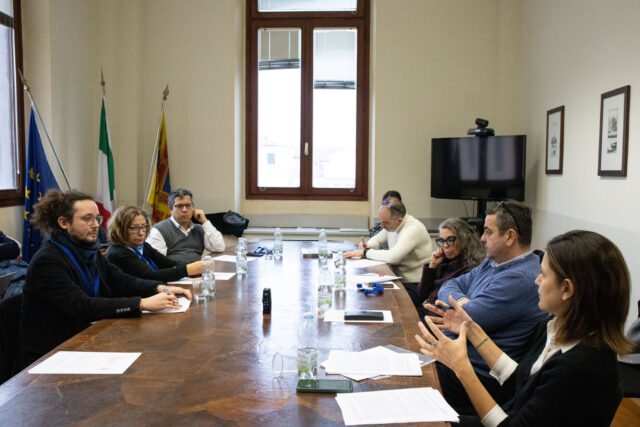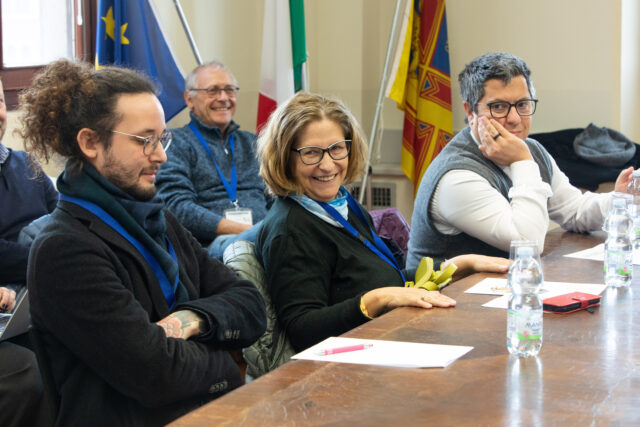Grasping the fundamentals
The first phase of the project gathers deep insights into the living heritage practices, heritage communities’ visions and wishes, visitor expectations, policy environments, and inspirational practices.
Here the Design thinking stages of Empathise and Define play a key role.
- Empathise involves a human-centred process to understand people and their needs.
- Define draws on the insights gathered to collaboratively determine the projects specific challenges and next steps.
Stakeholder Workshops
First workshop with different stakeholders - © Associazione Giochi Antichi
Third workshop - © Associazione Giochi Antichi
Lessons learned Fase 1
1. Slow tourism
Foster sustainable and small-scale tourism as a resource and a main opportunity for local development and community well-being, from a benefit-sharing perspective. This includes promoting local sustainable businesses and connecting tourism with everyday local life, while identifying limits of acceptable change.
2. Cultural spaces
There is a need to take into account the social functions of urban and rural historical sites, as well as natural sites, as community cultural spaces. This involves fostering knowledge and respect for living heritage practices in public and touristic spaces, while acknowledging conflicts of use and protecting communities from the pressures of mass tourism. This is especially crucial in World Heritage Sites, where living heritage can become a powerful tool for the sustainable development of the site (e.g. Verona, Venice, the Dolomites).
3. Heritage walks
There is an interest in developing community-based storytelling experiences and formats to engage tourists during local events and ad hoc activities. These should build on community initiatives already underway and follow the rhythm of the seasons (e.g. calendar of seasonal events, sharing places of affection, sociability, and cultural intimacy).
4. Youngs for Heritage
Involve young people in concrete, community-based tourism experiences, also in connection with specialised school curricula (e.g. Istituto Turistico Marinelli Fonte in Venice).
5. Adapting the formats to the targets
It is important to identify and consider different target groups when designing experiences or addressing visitors: local and regional tourism (inhabitants and local networks), educational tourism (schools), corporate tourism (business), and international tourism.
6. Promoting and communicating
Emphasise the importance of co-designing media and communication strategies with communities, developing a promotional approach that links messages to living heritage safeguarding and sustainability goals.
7. Governing
Build a dynamic form of living heritage-based governance by combining:
- Ideas and needs from the core group of bearers, recognising their safeguarding efforts, challenges, and ongoing initiatives;
- Input from tourism professionals;
- Institutional and normative frameworks, exploring ways to protect community rights, focusing on real cases and cultural claims, and fostering connections between heritage communities and local, regional, and national institutions and experts.
